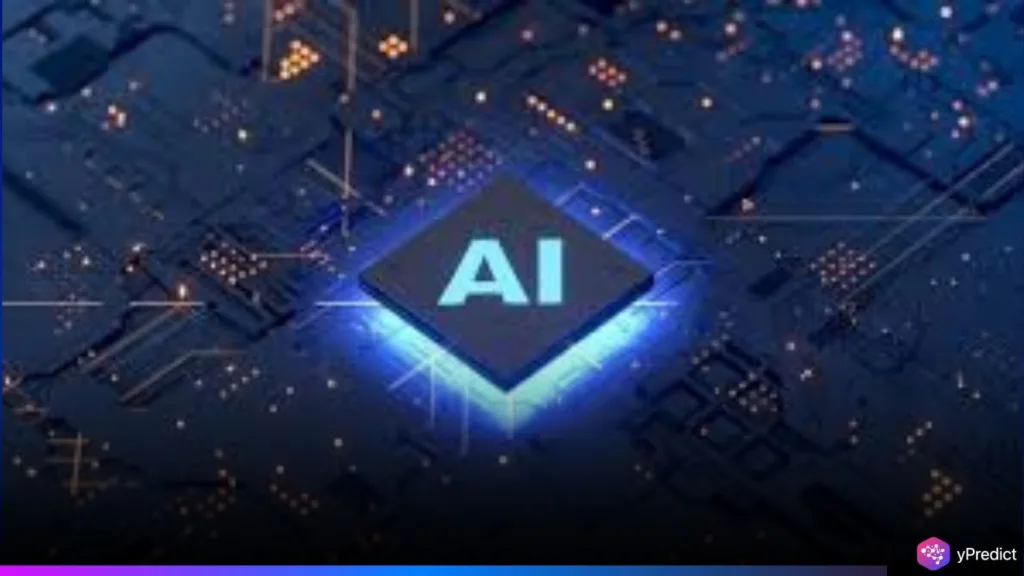
Silicon Valley’s venture capital landscape has split. On one side are the elite few with funds to back AI giants like OpenAI, Anthropic, and xAI. On the other side, smaller investors sit out, unable to keep pace with billion-dollar valuations and funding rounds. OpenAI alone raised $40 billion recently, hitting a $300 billion valuation, an unprecedented figure even by tech industry standards. For most VCs, the current AI race feels out of reach. Only mega-firms, tech conglomerates, and sovereign wealth funds now play at that level, leaving traditional investors searching for affordable, viable opportunities in an overheated and uncertain market.
Big Money, Big Stakes: Who’s Winning in AI
The rapid ascent of generative AI has created a high-stakes environment where only the biggest players can thrive. OpenAI, Anthropic, and xAI have all drawn huge investments, raising the bar for entry. OpenAI’s $300 billion valuation has distorted expectations and redefined what “early stage” means in AI. Startups now need not only breakthrough ideas but also backing from investors capable of absorbing enormous upfront costs. According to Emily Zheng from PitchBook, only a few elite AI companies are attracting the majority of venture capital, leaving many others behind.
Simon Wu of Cathay Innovation points to strong customer demand for AI that increases efficiency. Products built around workflow automation or operational savings are flying off the shelves. However, Andy McLoughlin of Uncork Capital notes the real challenge lies in identifying white space, areas untouched by dominant players like OpenAI and Google. These “opportunity zones” are increasingly rare, given the rapid release cycles of tools like Gemini, Claude, and ChatGPT. In this ultra-competitive field, traditional startup playbooks don’t apply. The race is not just about who can build faster, but who can survive the pace and scale of disruption long enough to find sustainable ground.
Disrupted Models and Elusive Profitability
Generative AI has shaken the foundation of software development. Tools like ChatGPT have democratized coding, allowing anyone to build apps with simple prompts. This not only disrupts traditional startup structures but also compresses development cycles and blurs product differentiation. Founders now struggle to build defensible “moats” around their ideas, as big AI platforms already do everything from search to design to translation. Christine Tsai of 500 Global captures the anxiety: “Every day, it feels like something major has changed overnight.” That uncertainty is magnified by the fact that even the biggest players haven’t proven profitability. Companies like OpenAI may dominate headlines, but their operating costs are enormous.
As Brett Gibson from Initialized Capital notes, the economic case for AI remains murky. The idea that AI can replace human labor at scale and thus drive major ROI is still speculative. Investors are starting to ask harder questions: Will AI justify its hype in the long run? Can today’s valuations ever be matched by real-world earnings? Despite doubts, few believe generative AI will disappear. Instead, they predict it will become invisible, integrated into everything. As McLoughlin puts it, AI won’t be a category soon. It will just be how everything gets built.
The Uncertain Road Ahead
While generative AI remains red hot, the road forward is uncertain. Many investors are nervous about inflated valuations, unproven revenue models, and the pace of change. Yet few doubt AI’s staying power. Over time, AI will blend into the fabric of daily technology, much like the internet and cloud computing did before it. For now, Silicon Valley continues its hunt, not for the next ChatGPT, but for the overlooked niches and unclaimed corners where innovation can still bloom. As competition intensifies, the question isn’t just who builds the best tech; it’s who builds the most sustainable business around it.





